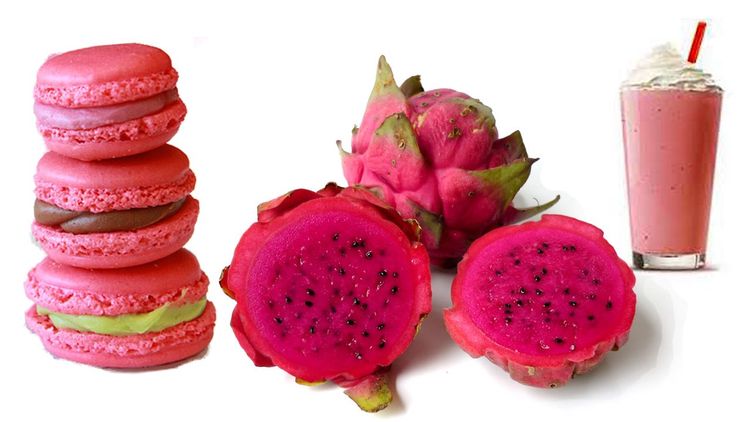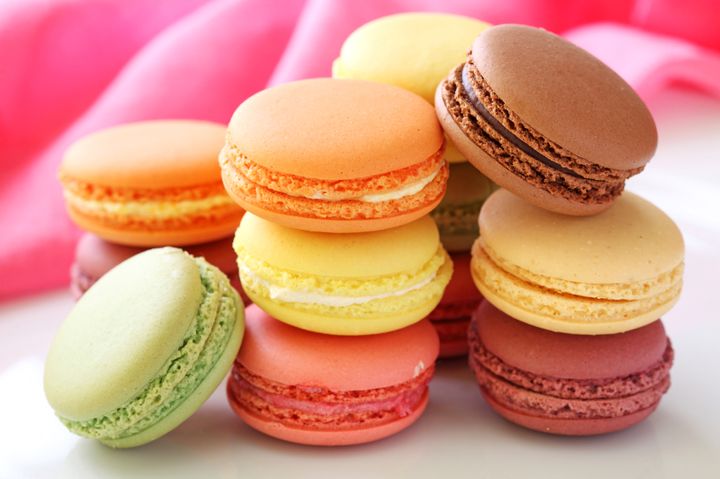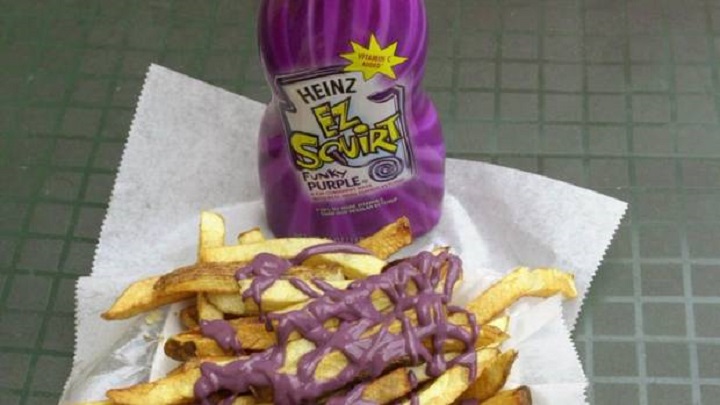
In recent decades, there has been mounting concern over the safety of food additives. In addition to artificial flavors and preservatives, much of the concern is focused on artificial dyes. For this reason, Viveri Food Colors (a division of the Day-Glo Corporation) has launched the Natural Red Food Color Challenge. With a prize of $100,000, this incentive-challenge is looking for a clean, safe, and natural alternative to the most common dye on the market - red food dye #40.
Naturally, these concerns about what we put in our food did not arise in a vacuum. In fact, there is a long history when it comes to food additives, concerns over public health and government regulation. For centuries, human beings have been relying on natural additives to color their food. Since many of these additives contained poisonous substances - like arsenic, mercury, and copper - by the early 20th century, synthetic ingredients began to be created.
However, these additives were largely derived from coal tar and petroleum by-products. While they were created for the sake of food safety, many posed health risks of their own. This led to laws like the Pure Food and Drugs Act (aka. the "Wiley Act") in 1906, which was intended to prevent the "manufacture, sale, or transportation of adulterated or misbranded or poisonous or deleterious foods, drugs, medicines, and liquors, and for regulating traffic therein, and for other purposes."
Artificial colors are pervasive, showing up in everything from food and supplements to condiments. Credit: theglobeandmail.com
In addition to being the first law to legislate certain drugs, the law was also the first restriction enacted by the United States government against food additives that could be shown to be unhealthy. By 1930, these tests and enforcement of the Pure Food and Drugs Act became the responsibility of the National Food and Drug Administration (FDA) - which had previously been named the Bureau of Chemistry and was part of the U.S. Department of Agriculture.
Over the next three decades, many synthetic colors were deemed illegal because they were shown to cause adverse health effects. By 1938, only 15 synthetic colors were still legal, which were subsequently divided into three categories - those suitable for foods, drugs, and cosmetics; those suitable only for drugs and cosmetics; and those suitable only for cosmetics. Eight of these have since been banned, due to public health concerns and medical tests that have shown a conclusive link between consumption and adverse effects.
For instance, after Halloween in 1950, there was a rash of reports where children had become ill after consuming candy. An investigation traced the illnesses to consumption of candy that contained Orange #1, which led to a government ban. In the 1970s, Red #2 was banned after tests showed a link between its carcinogenic properties and intestinal tumors. Several yellow dyes have also been banned, leaving only seven dyes on the FDA’s approved list - the most popular of which are Yellow #5, Blue #1, and Red #40.

With an incentive of $100,000, Day-Glo is looking for a safe, natural alternative to the most common food dye. Credit: HeroX
In recent years, six food dyes were identified as having a possible link to hyperactivity in children - aka. The Southampton Study of 2007 - which included Red #40. This has since led to legislation in the E.U. that requires that food containing these additives come with warning labels. It has also led to companies like Kellogg, Kraft, McDonald’s and other American companies that do business in Europe to adopt natural colorings for the European market.
However, many of these same companies continue to use artificial food coloring when doing business in the US. The reason for this is because the FDA remains on the fence about the six artificial food colors identified in the Southampton Study. Citing conflicting results from various studies, they have insisted that further testing is required. In the meantime, there remain no FDA-approved natural alternatives, owing to problems of stability, cost, and effectiveness.
Hence, why Gay Glo is offering a prize of $100,000 for anyone who can develop a safe, natural dye to replace Red #40. With a viable alternative to the most popular coloring on the market, the ongoing deadlock between the food industry and food safety groups in the US might finally be broken. And with the deadline for registration coming up (June 1st), there's still time enter!
So if you've got ideas on how natural dyes could replace synthetic food colors, then register for the Natural Red Food Color Challenge for a chance to win the $100,000 prize!
Top Image Credit: amoils.com









